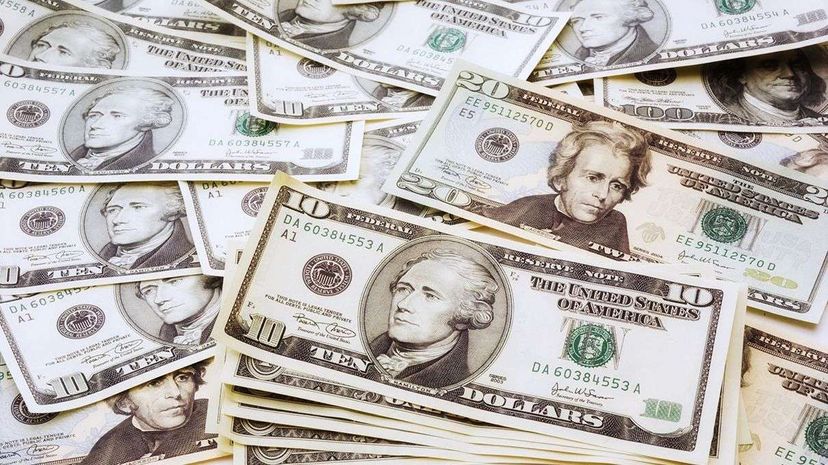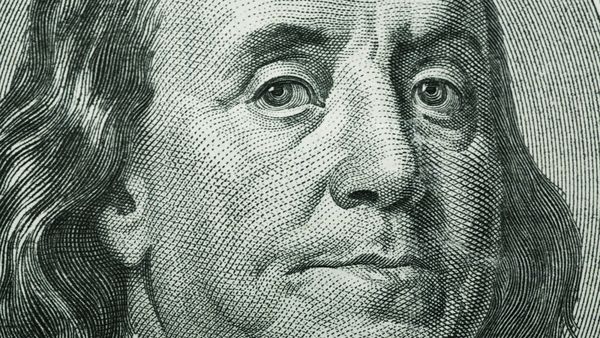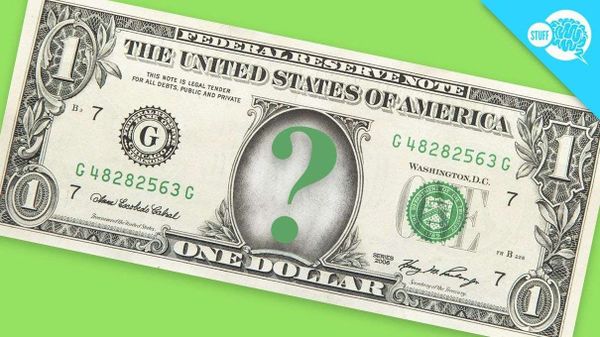
The U.S. Treasury Department announced earlier this week that it will update the look of the $20 bill, replacing the face of Andrew Jackson with that of Harriet Tubman. The news that the abolitionist, suffragist and all-around American hero would replace a president got a lot of attention, and social media was a hotbed of opinion. And our Facebook fans sure had a lot of opinions when we shared the news:
If you ignore some of the racist and sexist comments that inevitably, sadly show up on Facebook — some chided Tubman, a woman who lived decades as a slave, for not being attractive enough, for instance, or for not smiling, though Jackson's current scowl is no bucket o' cheer, either — there was still something that surprised us.
Advertisement
It seems a significant number of people think that to appear on American money — or at least on the paper bills — one has to have been a president. Here's a sampling of the many comments expressing that view:
So to set the record straight — no, you don't have to be a president to be on the face of United States money. Right now if you take a look at either a $10 or a $100 bill, you'll see the faces of Alexander Hamilton and Benjamin Franklin. Neither ever served as president.
Hamilton was the country's first Secretary of the Treasury, helped found the Federalist party and became the subject of a hit 2015 Broadway musical. Franklin, on the other hand, was a multitalented inventor, statesman, newspaper editor and publisher, city councilman, ambassador to France, and even the governor or Pennsylvania for three years — but was never president.
And if you're lucky enough to have seen a circa-1861 $10,000 bill with your own eyes — more than 300 are believed to still be in circulation —you may wonder who this guy called Salmon P. Chase is. He was many things, including an Ohio senator and governor, a chief justice of the Supreme Court, and a Treasury secretary. But he was never president. In fact, it was during his time as Secretary of the Treasury in 1861 that the government issued the huge bill — and Chase made the bold move of putting his own face on it.
Anyone else? Oh, yes. In 1886 a portrait of Martha Washington, the country's first First Lady, appeared on a note worth one silver dollar. In the 1800s and early 1900s, the U.S. put Albert Gallatin (a statesman and ambassador), Charles Sumner (a politician and orator), John Marshall (a Supreme Court chief justice), and William Sherman and Joseph Mansfield (Civil War generals) on $500 bank notes. Versions of the $1,000 note portrayed politician William Marcy and military man George Meade, among others.
And for those resistant to change, know that Jackson will still be on the $20, just moved to the back. Anyway, Jackson wasn't always on the $20 to begin with. When the Federal Reserve introduced a new version of national currency in 1914, Jackson was on the $10, former President Grover Cleveland (who'd only been dead for six years) was on the $20, and Hamilton was on the $1,000. Things switched around in 1928 following another redesign.
Want to learn more about the redesigns coming to U.S. cash in 2020? Check out this Stuff Mom Never Told You post from detailing some of the other important people making their way onto American money.
Advertisement


